Electric cars and winter tires — here’s how they affect your range
Winter is coming, and you should be prepared
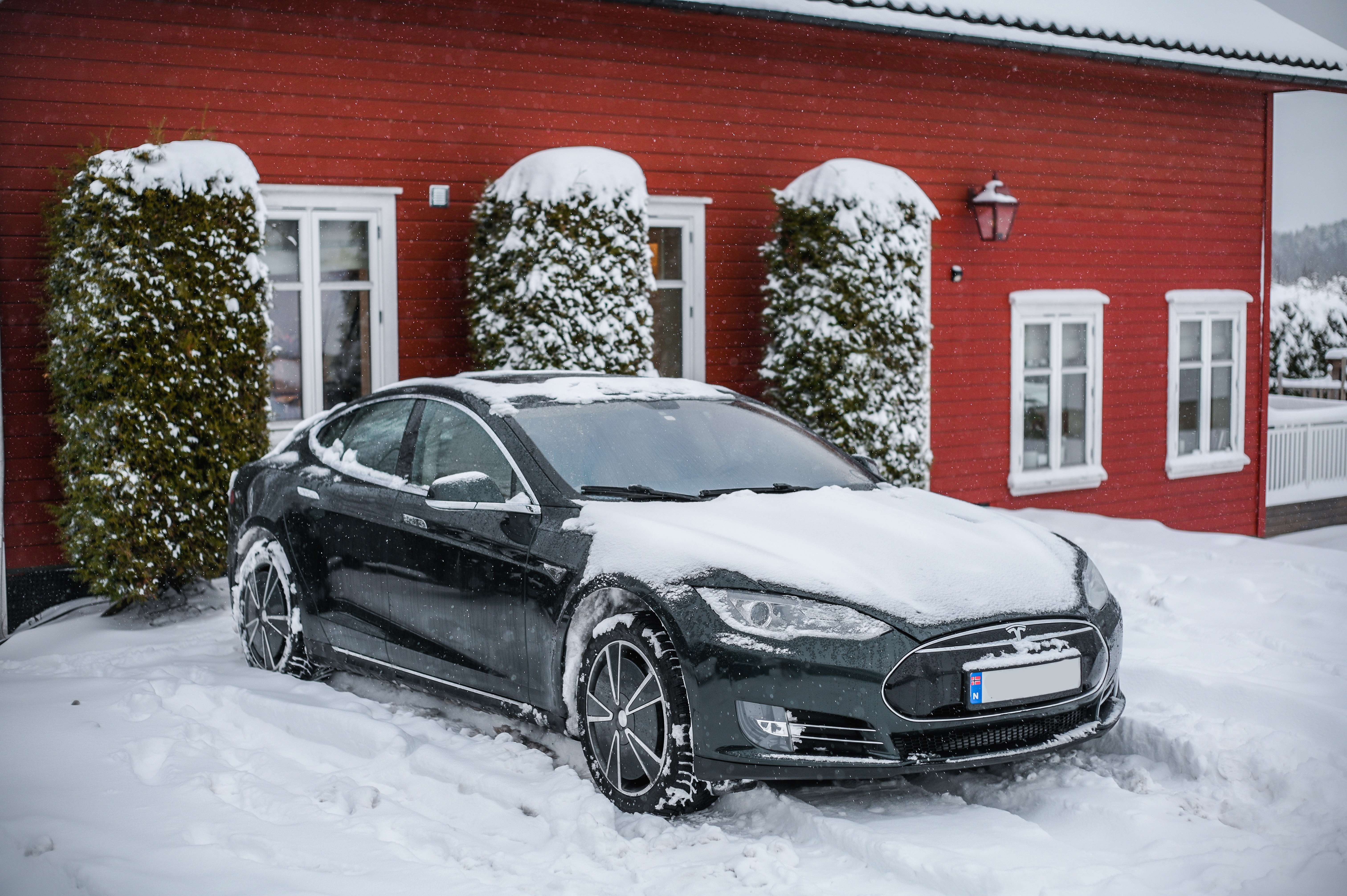
You may have noticed that the weather is getting colder, and in many places that can make driving particularly challenging. Snow, ice, rain and even the temperature itself can make roads a more perilous place. Especially if you live up north, where all these conditions are turned up to 11.
Switching to winter tires can be a major benefit during the cold weather seasons. But while those benefits make it easier and safer to drive, you may be wondering whether there’s a catch — other than the cost and effort of switching. In short, no there is not. If anything, winter tires improve your range during cold weather compared to summer tires.
But why does this happen, and is it still worth switching over from summer tires? Here’s everything you need to know about how winter tires will affect your electric car’s range.
What are winter tires and how do they work?
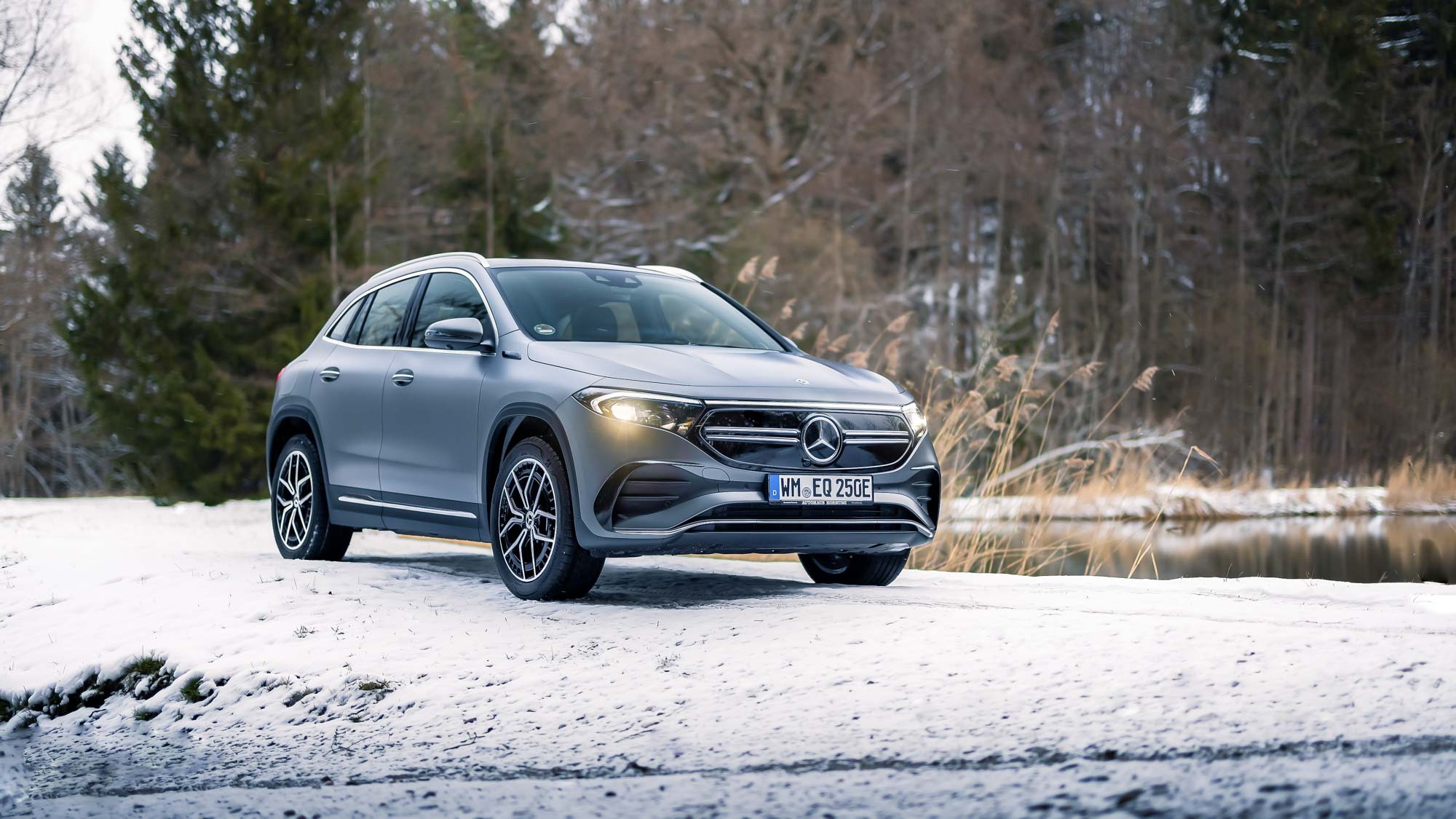
As the name suggests, winter tires are car tires that have been designed for optimal performance in cold weather — and all the conditions a drop in temperatures can bring. Winter roads tend to be a lot more slippery than they are in summer, so winter tires are supposed to account for that and ensure better traction, maneuverability and handling.
But the key thing to remember is that winter tires look virtually identical to summer tires to the casual observer. They don’t involve any metal studs or chains to improve surface grip — though such tires are available. Instead, various design elements combine to improve the rubber’s contact with the road surface, which improves the overall grip.
Look closely and you’ll see that a winter tire’s tread is different from its summer counterparts. There are deeper grooves, and various narrow slits (called siping) along the length of the tire, which helps disperse water and snow. The tires are also made from softer material, thanks to increased silica content, which helps the rubber better withstand colder temperatures. Summer tires tend to get more rigid as the weather cools down, which lowers their grip.
Winter tires also vibrate as you drive, which helps to shake out excess snow that managed to get stuck to your tire. While some snow can improve your grip, too much will just make everything worse.
Get instant access to breaking news, the hottest reviews, great deals and helpful tips.
To top it all off, winter tires have much greater rolling resistance, i.e. the friction generated as your tire is rolling. This friction makes it easier to slow down safely, and rolling resistance typically correlates with the amount of rubber touching the road. More rubber on the road means better grip, which is better for you and your car.
How do winter tires affect electric car range?
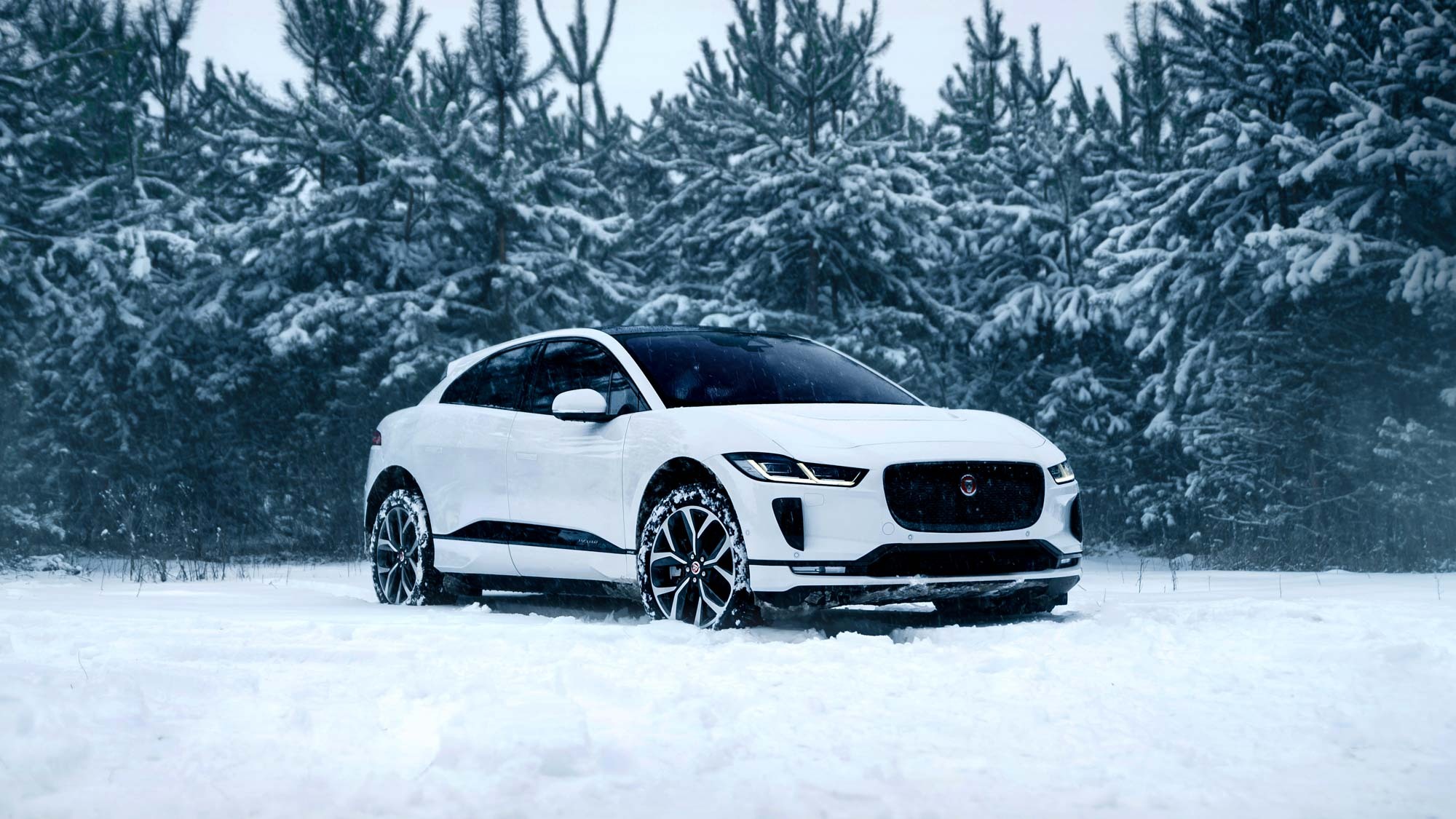
You might have assumed that winter tires actually cause your car’s efficiency to drop. All the things that boost winter grip sound like they’re likely to force your car to work harder. Rolling resistance in particular sounds worse than it is, because increased resistance is usually a bad thing.
But it all comes down to the grip. More grip means better efficiency, which is a boon to electric car range and gas mileage. Less grip means the car has to work harder to do the same job, which means a bunch more energy goes to waste. In short, winter tires actively stop electric car range from decreasing over the winter.
Like all tires, some winter tires are more efficient than others. If you see a drop in range after switching, it may just be because those tires are unfortunately less economical than the ones you use in summer. Be sure to compare the rolling resistance of the two sets, since that might play a part.
According to Michelin a 30% increase in rolling resistance causes between 3-5% excess fuel consumption. So try and find some winter tires with lower rolling resistance that don’t cause a decrease in grip. Be warned: eco-tires are usually the more expensive options.
Of course the odds are that your seemingly-reduced range may be the result of a weather-induced coincidence. Cold weather has a reputation for causing range to fall anyway, and for a variety of reasons.
Cold weather can affect battery performance to a point, and the thermal management systems designed to account for this need energy to run. Likewise you probably started using the car’s heater more often, which can be a real battery killer if you’re not careful. Plus, you might just be driving particularly inefficiently, which means you should read up on how to drive in the snow.
In short, it’s not the tires that are the problem. If anything, they’re designed to stop your range woes from getting worse until spring rolls around.
When should you switch to winter tires?

Answering the question of when you should switch your tires is all dependent on where you live. Different regions face seasons very differently, and the right time to switch in New York may be too late for colder states like North Dakota or Maine.
AAA recommends using winter tires when the temperature regularly drops below 45 degrees Fahrenheit. GoodYear also mentions this, but points out you need to consider the time of day you’re driving as well. It’s typically colder overnight and in the morning, which may require you to accelerate your switchover from summer tires.
Some of the most northerly states are already experiencing an average temperature between 40 and 45 degrees, while others aren’t too far away. In which case you should be seriously considering a switchover fairly soon. Any Alaskans reading this should already have winter tires, since the average temperatures are already below freezing.
Can you use winter tires in the summer?
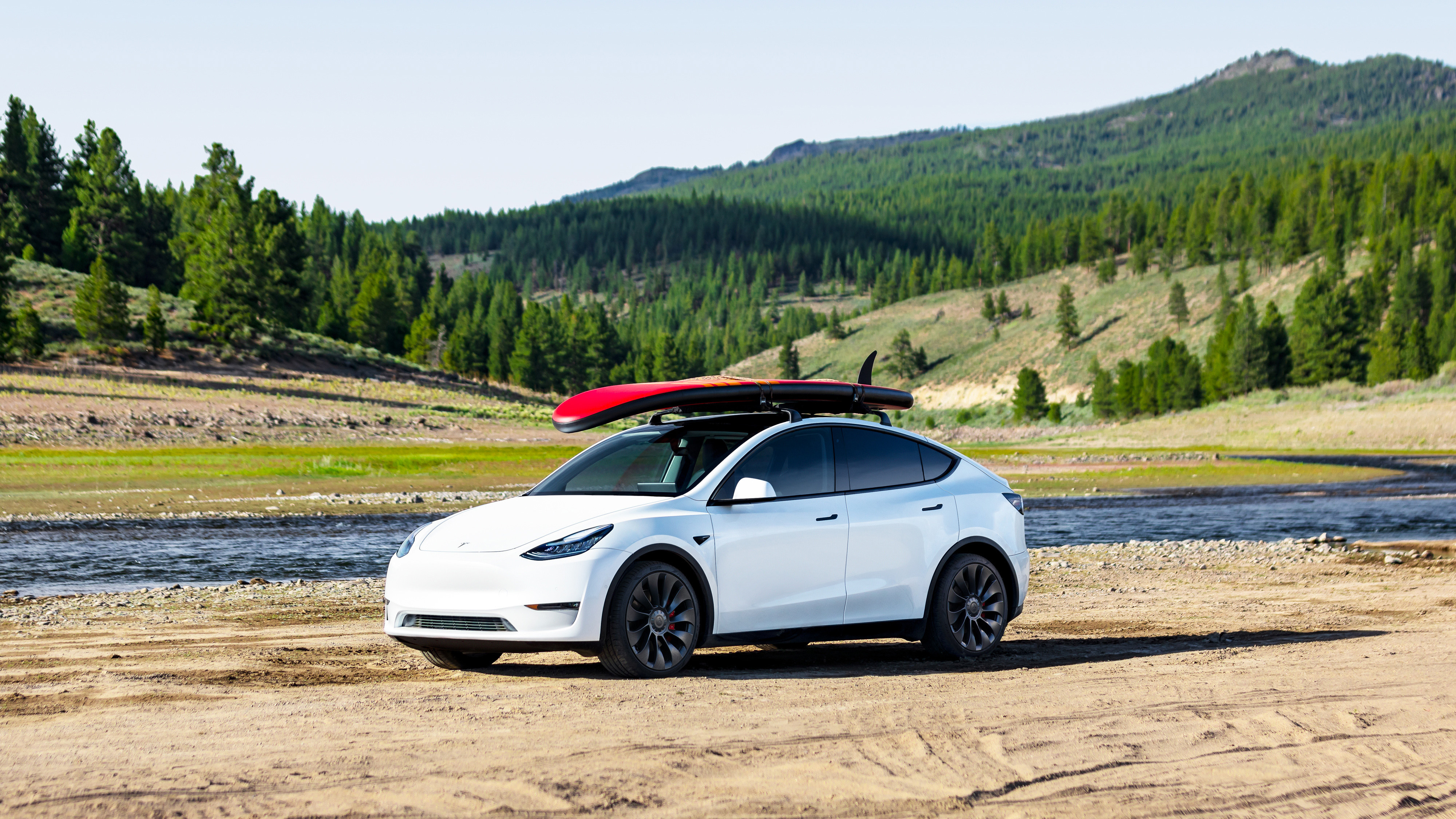
There’s nothing to stop you using winter tires all year round, but it’s not recommended. In the same way that summer tires experience a drop in performance during cold weather, the same is true of winter tires in warm weather. The simple explanation is that winter tires are too soft to grip the road properly in warm, dry weather.
Not only does this mean the car ends up using more energy, compared to summer tires, warmer temperatures can cause the tires to wear out faster — which is only going to hit you in the wallet.
You may also be tempted to invest in some all-season tires, and avoid the hassle of switching over twice a year. But while all-season tires are useful in wet, hot and cold temperatures, to a point, they are pretty ineffective against heavy snowfall. So if you live in a place with particularly cold winter weather, you’re far safer sticking with tried and tested winter tires until temperatures begin to rise in spring.
The lack of traction also means that summer and all-season tires are less effective in cold weather, which is going to reduce your overall efficiency. That means decreased range in addition to making life on the road more dangerous.
What else can you do to maximize range?

There are plenty of things you can do to maximize electric car range in winter beyond swapping your tires. The first thing you should do is make sure your newly installed tires are inflated correctly. Cold air contracts, and as the temperatures so does the pressure inside your tires.
Underpressurized tires cause unnecessary resistance from the road, which leads to further loss of range. It also causes tires to wear out less evenly, so keeping the pressure levels right boosts their longevity.
Other tips include removing any excess weight from your car, opting for less energy-draining heating like heated seats over the cabin heater and utilizing eco-mode if you’re not already. It also helps to park inside and pre-condition your car, so the battery’s thermal management system needs less energy to keep everything at the right temperature for peak efficiency. If it’s possible to do this while charging, then all the better for you.
In general, it always helps to drive as efficiently as you possibly can. Avoid sudden acceleration, which needs extra power, and avoid wasting your existing kinetic energy by braking too hard.
Do electric cars have any extra winter driving benefits?
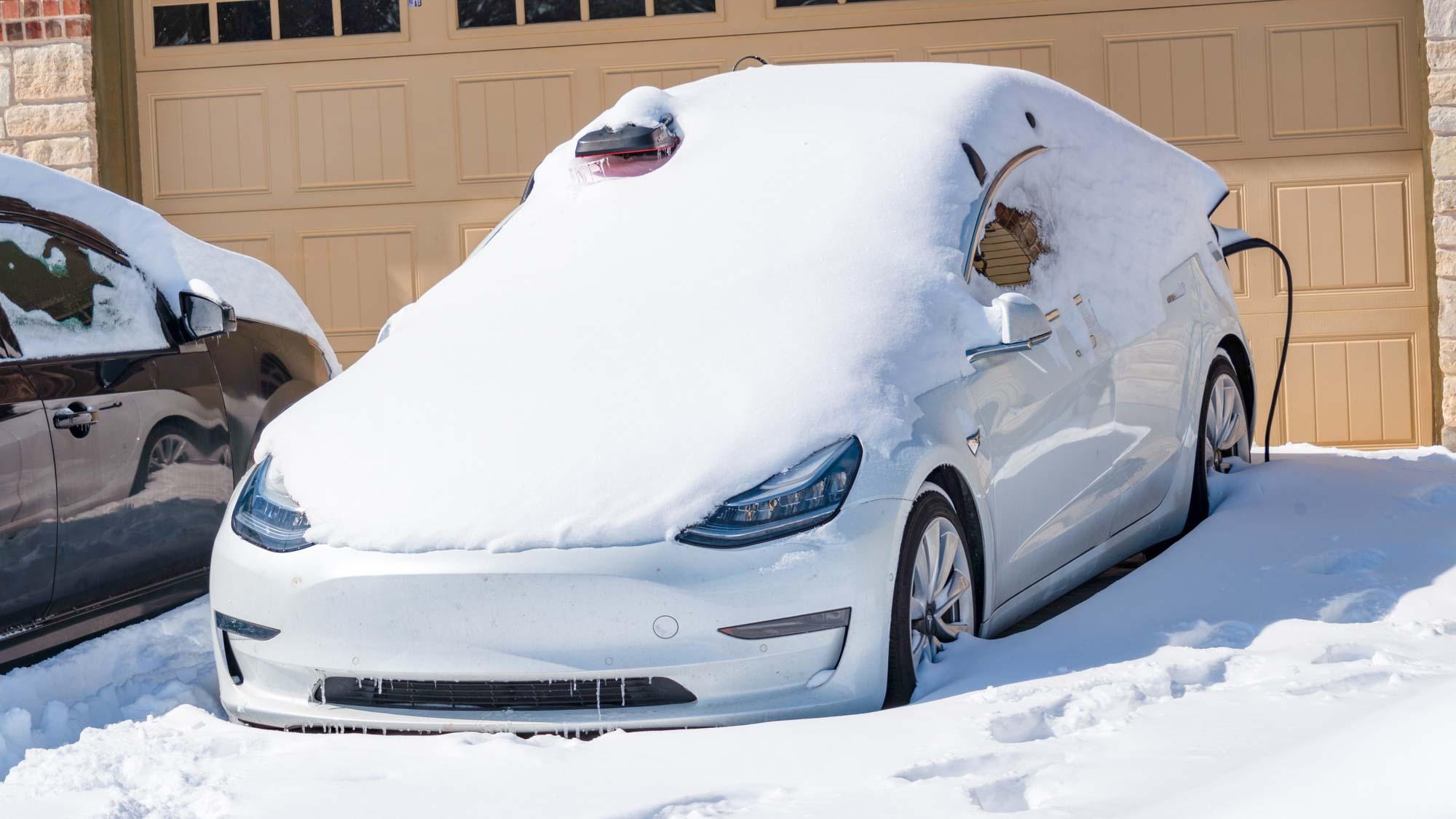
One of the main benefits to an electric car, over your traditional combustion engine, is that winter driving is just a little bit safer. Because EVs don’t have gears, acceleration is a lot smoother and lessens the chance of slipping or skidding in slippery conditions.
Meanwhile regenerative braking and one-pedal driving systems are also able to slow you down more smoothly. This, again, means you’re less likely to be affected by slippery roads. That said, the smoother nature of this means your stopping distance is usually higher than it would be using the brake pedal. So bear this in mind.
The fact you can control your climate remotely is an extra benefit. Because you can turn on the heating without being near the car means you don't have to sit in a stifling cold vehicle waiting for things to heat up. Similarly, the fact the car has no engine means it's perfectly safe to leave it running in an enclosed space, like a garage.
Next: Check out our Mercedes Benz EQS review: A high-tech, all-electric executive rocketship.

Tom is the Tom's Guide's UK Phones Editor, tackling the latest smartphone news and vocally expressing his opinions about upcoming features or changes. It's long way from his days as editor of Gizmodo UK, when pretty much everything was on the table. He’s usually found trying to squeeze another giant Lego set onto the shelf, draining very large cups of coffee, or complaining about how terrible his Smart TV is.
